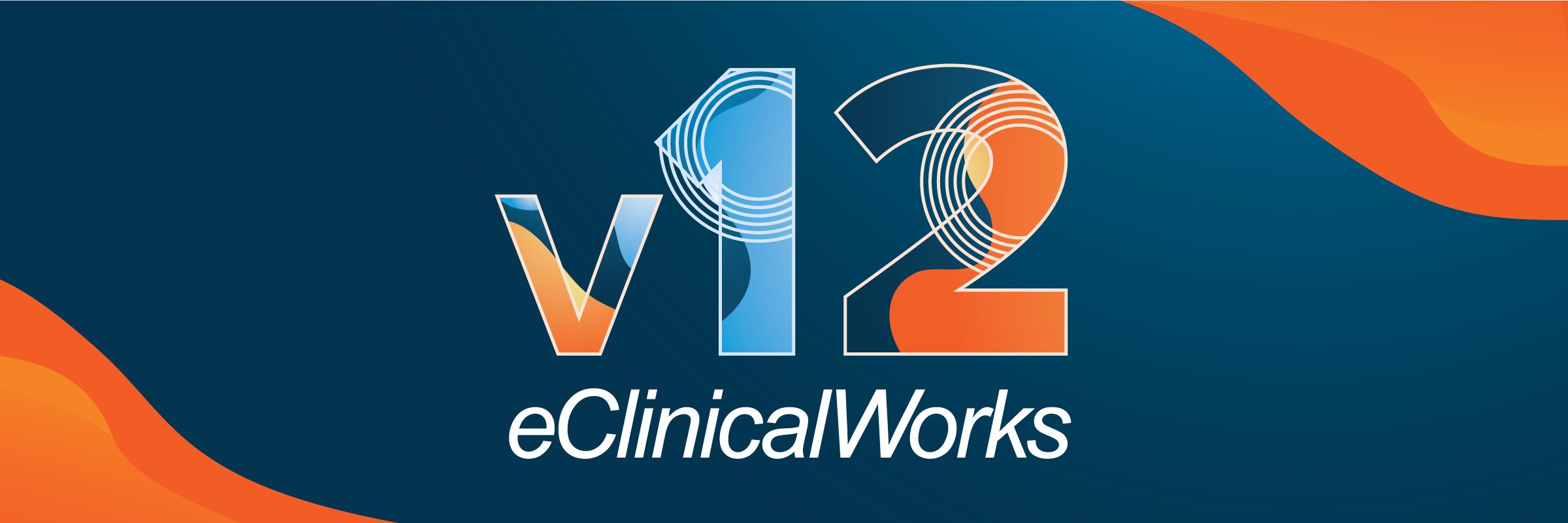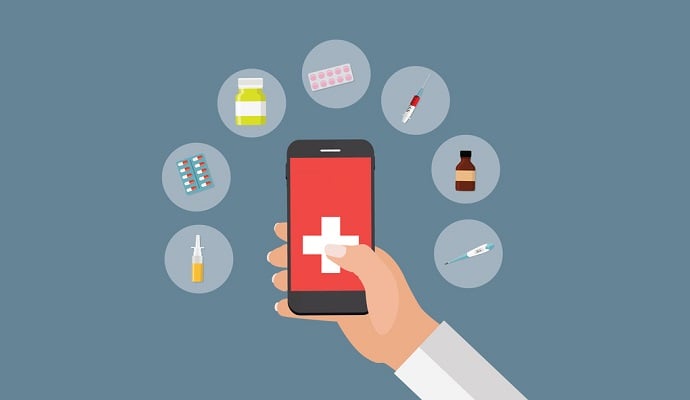Doctors have long since said that they want patients to be more involved in their healthcare. It only makes sense that the patient who is genuinely engaged in, say, controlling their diabetes is more likely to comply with medical and dietary instructions.
The Evolution of Patient Engagement
How "patient engagement" is defined has evolved at the same time that technology has changed markedly. A generation ago, patient engagement may have meant asking your doctor before starting a new exercise program.
Today, patient engagement may mean monitoring more complex health conditions with specific aims, such as avoiding hospital readmission. Patient engagement tools exist, and generally speaking, the most useful (to patients and providers) interact with electronic medical record (EMR) systems.
The Most Basic Engagement Tools
There's nothing uncommon today about medical practices offering text message reminders for appointments or online portals where patients can view the results of lab or other tests. While these make for a great start, they only scratch the surface of what's possible in terms of positive patient engagement.
The ability to request an appointment by text or email, to check in for an appointment via smart phone app, or even make a payment with advanced systems like Apple Pay facilitate better communication between patients and providers, and when built into an EHR software, they can help streamline non-clinical aspects of office visits.
Technology Is Generally Not a Barrier
There may have been a time when getting patients to engage with the technology was more difficult, but technology barriers are falling away rapidly, even among older patients who may be expected to be more technology-averse.
In a world where elderly grandparents can and do Skype with their grandchildren across continents, convincing them to use an app to monitor their condition after heart surgery is surprisingly easy.
The Mayo Clinic created a patient engagement study with older cardiac surgery patients that involves the use of an iPad and a specialty app, and they enjoyed a 98% engagement rate among people many did not expect to so readily adopt such advanced technology.
When Patients Add Their Own Data to the Record
Another step in the evolution of patient engagement via EMR and mobile communications is not only allowing patients to review medical data, but to add to it in some cases.
Researchers in patient engagement technology are, perhaps surprisingly, taking lessons from mobile retail in encouraging patient participation in keeping their information updated.
Online retailers know that getting customers to make those mobile purchases means making the experience as easy as possible.
The same is true for getting patients to upload their blood glucose, blood pressure, or weight data to create a more complete medical record. Ultimately, technology is expected to provide consumers with a virtual "personal health assistant" that will allow for more complete and up-to-date patient information than has ever been possible.
Will Apps Be Prescribed Like Medications?
Physicians aren't averse to apps and personal health information access through EMR systems, but ultimately they're interested in changes that improve health outcomes.
This is expected to become increasingly important as reimbursement models shift from the fee-for-service model to value-based reimbursement models.
A number of companies have started to take on the concept of "prescribing" apps that patients can use to manage their health better, but the possibilities for these tools in terms of specific outcomes (like reducing hospital readmissions) are only beginning to be measured.
Patient engagement tools aren't going to go away, and many physicians are committed to the idea of these tools just as much as their patients are. With technology evolving so rapidly, however, it's not easy to predict which tools are most worthwhile for investment.
We do know, however, that incentive programs are going to continue to focus on patient engagement. We have already seen this trend with Meaningful Use Stage 1 focusing on using information to engage patients.
As providers move towards Meaningful Use Stage 3 the criteria is going to include patient access to self-management tools.
Be proactive and consider how your practice is going to leverage patient data to improve health outcomes. Make sure your EMR software is ready to integrate with the various sources of patient data like wearables and health apps so you can continue to drive patient engagement.







